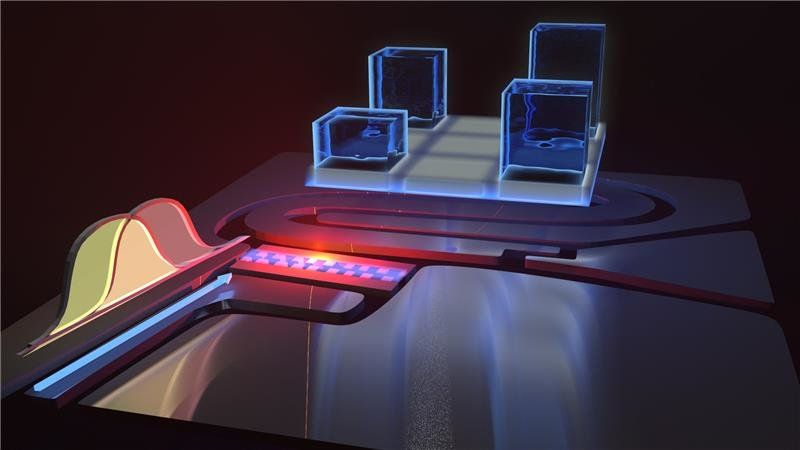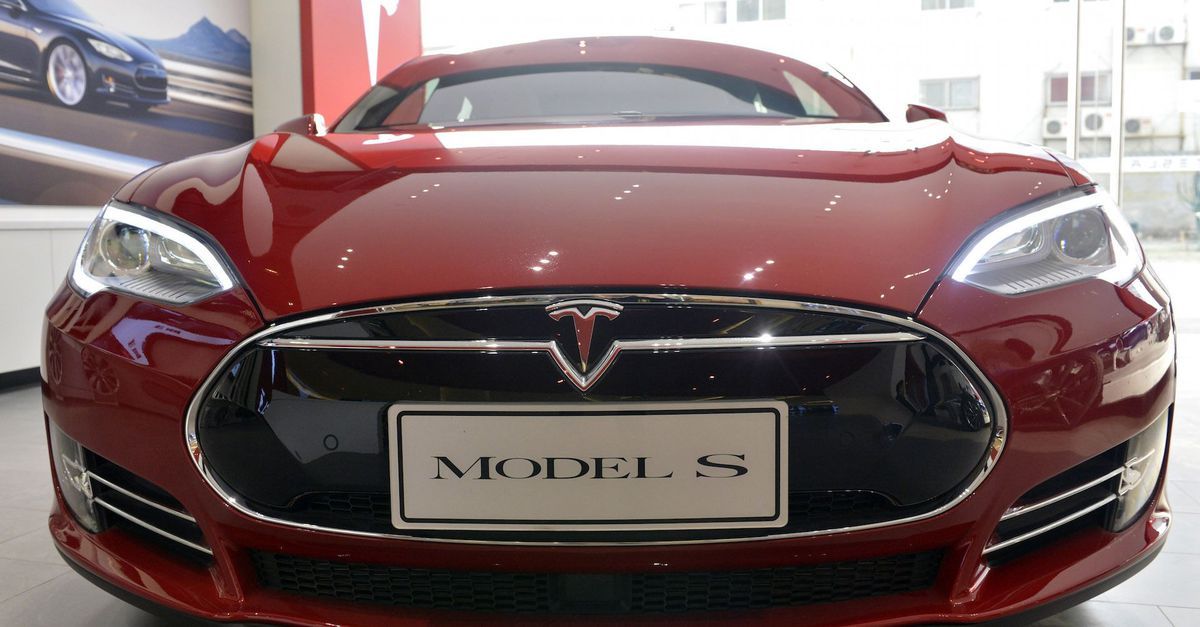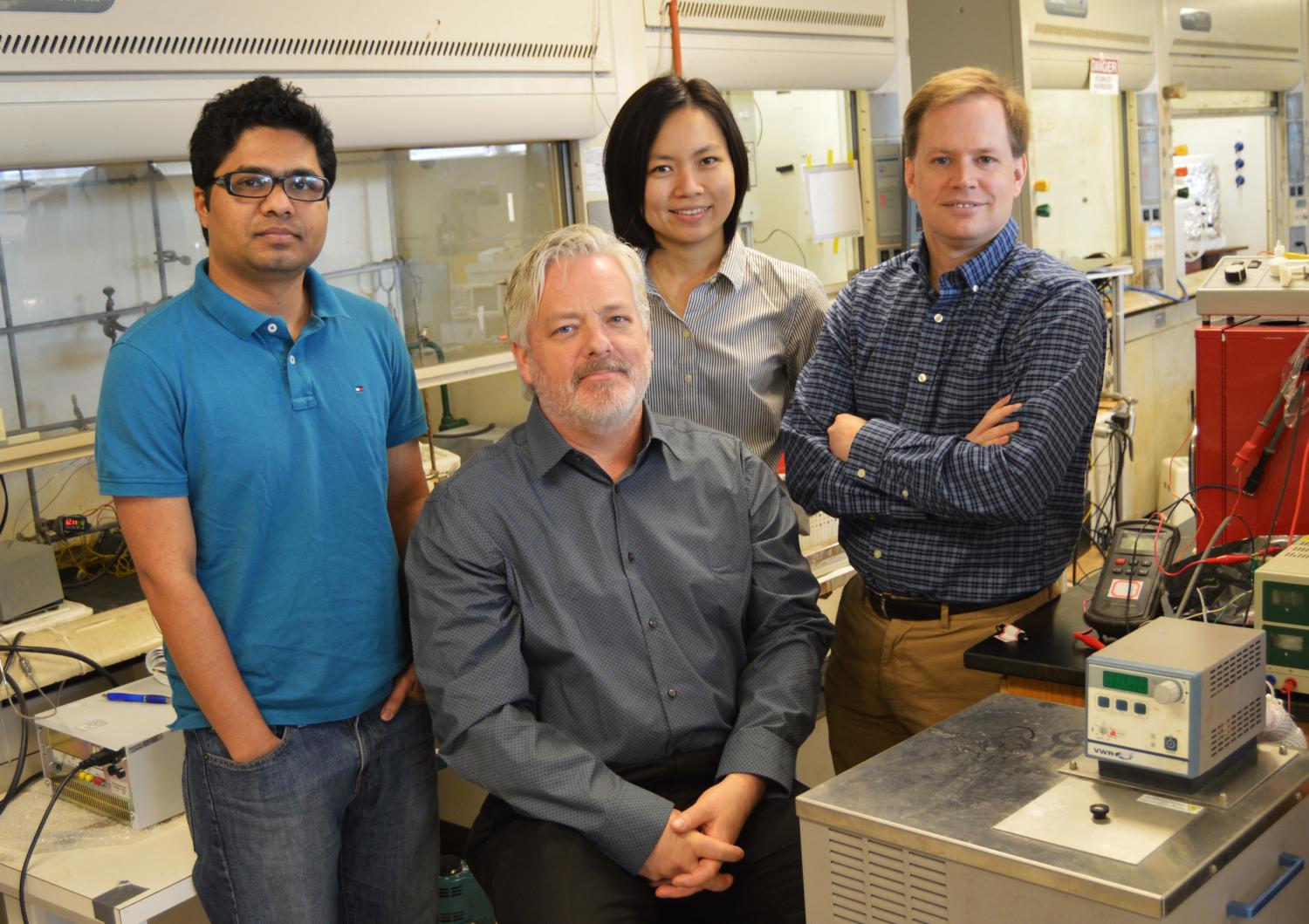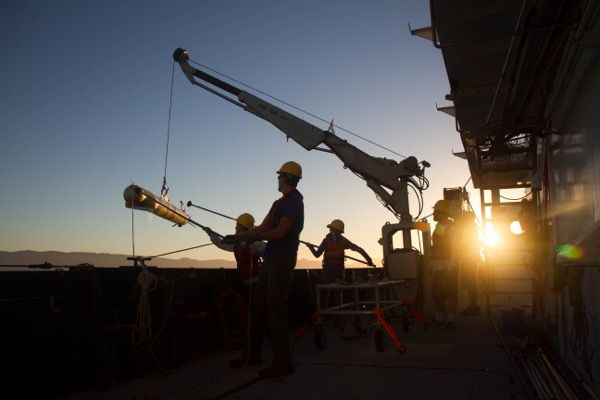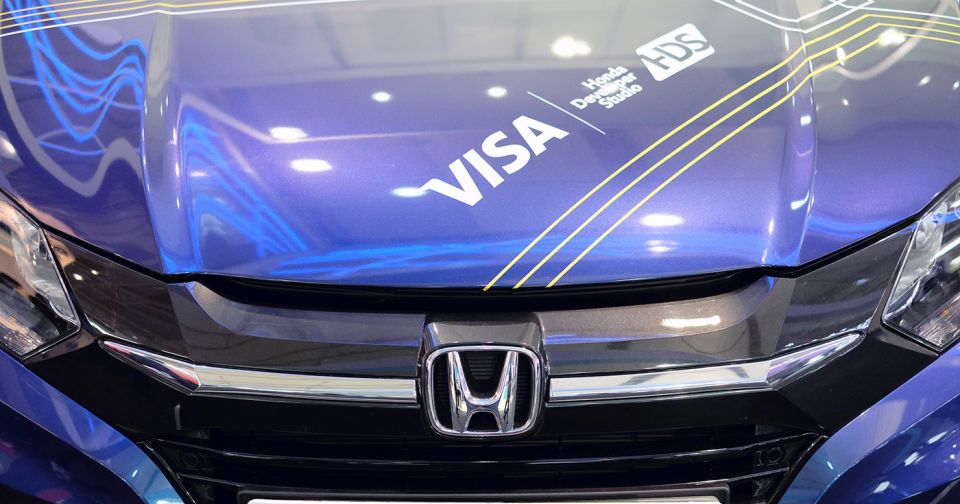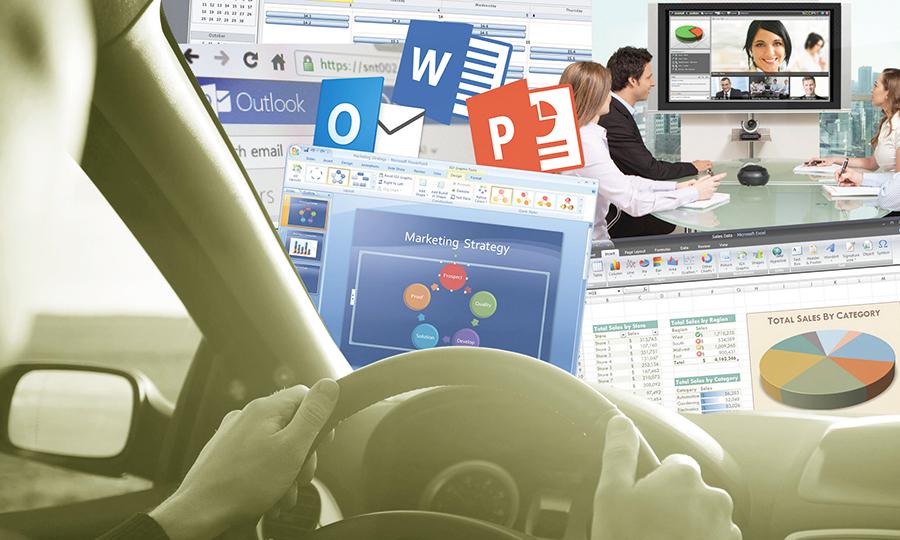Feb 24, 2016
Quantum physicists turn to the dark state
Posted by Andreas Matt in categories: computing, quantum physics, transportation
“Suppose you want to travel from Helsinki to New York and you have to change your flight in London,” explains Sorin Paraoanu. “Normally you would first fly on a plane from Helsinki to London, then wait for some time in the airport in London, then board the flight London-New York. But in the quantum world, you would be better off boarding a plane from Helsinki to London sometime after the flight London-New York took off. You will not spend any time in London and you will arrive in New York right at the time when the plane from Hesinki lands in London.” This is mind-boggling but the experiment shows that it is indeed happening.
Besides the relevance for quantum computing, the result also has deep conceptual implications. Much of our understanding of the reality is based on the so-called continuity principle: the idea that influences propagate from here to there by going through all the places in-between. Real objects don’t just appear somewhere from nothing. But the experiment seems to defy this. Like in a great show of magic, quantum physics allows things to materialize here and there, apparently out of nowhere.
The team would like to acknowledge the excellent scientific environment created in the Low Temperature Laboratory (part of OtaNano) at the Department of Applied Physics.
Continue reading “Quantum physicists turn to the dark state” »
